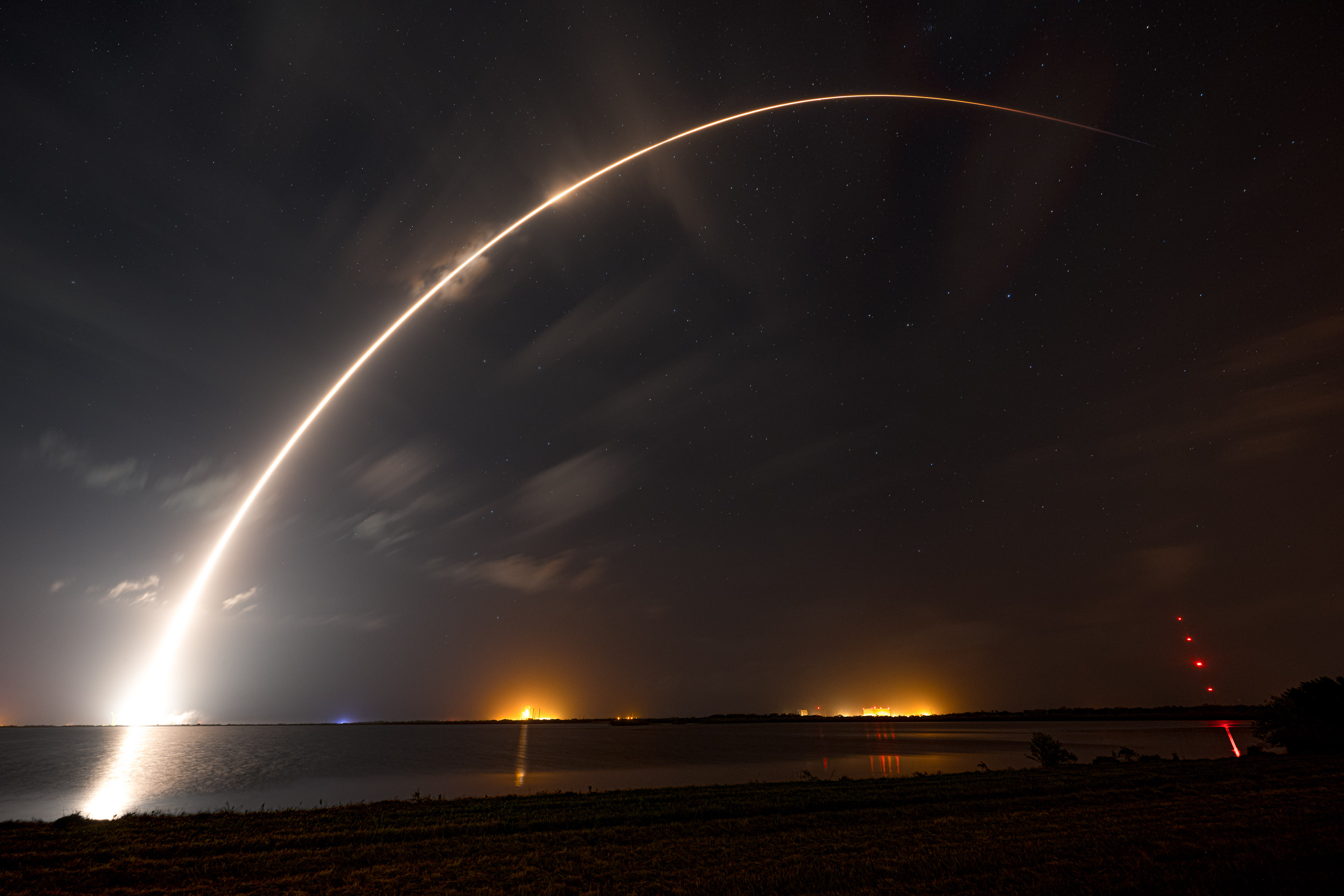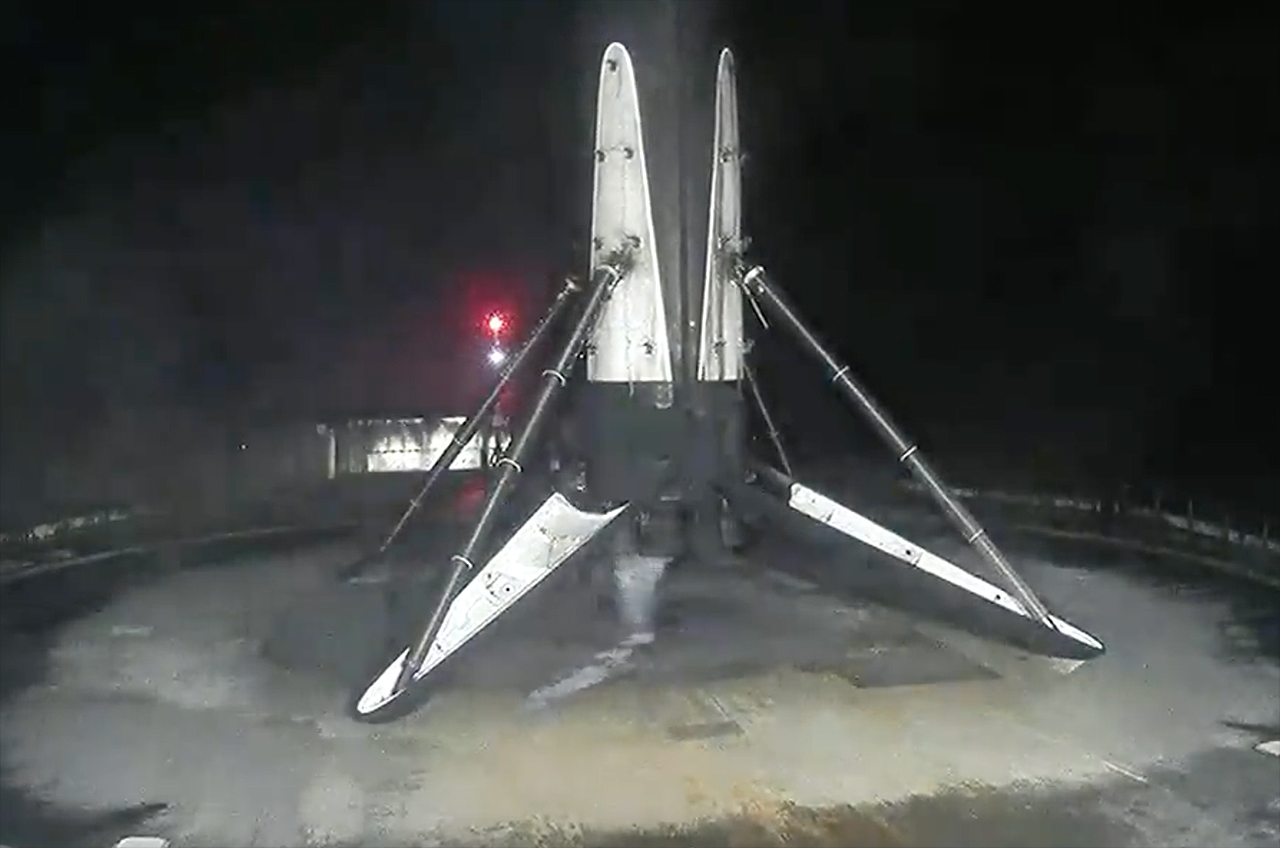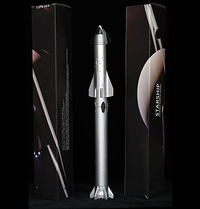SpaceX launched 23 more Starlink internet satellites into orbit from Florida early Wednesday morning (Nov. 22), continuing a busy stretch for the company.
A SpaceX Falcon 9 rocket lifted off from Cape Canaveral Space Force Station at 2:47 a.m. EST (0747 GMT).
Related: Starlink satellite train: How to see and track it in the night sky

Starship Die Cast Rocket Model Now $69.99 on Amazon.
If you can't see SpaceX's Starship in person, you can score a model of your own. Standing at 13.77 inches (35 cm), this is a 1:375 ratio of SpaceX's Starship as a desktop model. The materials here are alloy steel and it weighs just 225g.
Note: Stock is low so you'll have to act quickly to get this.
The Falcon 9's first stage came back to Earth for a vertical landing about 8.5 minutes after launch on the drone ship named "A Shortfall of Gravitas," which was stationed in the Atlantic Ocean.
This was the 15th launch and landing for the particular booster used, according to a SpaceX mission description. That resume included six other Starlink flights as well as Crew-3 and Crew-4, which were astronaut missions to the International Space Station that launched for NASA in November 2021 and April 2022, respectively.
The 23 Starlink satellites were scheduled to deploy from the Falcon 9's upper stage into low Earth orbit about 65.5 minutes after liftoff.

SpaceX has been quite busy recently — though these days, that statement applies pretty much all the time for the company.
Get the Space.com Newsletter
Breaking space news, the latest updates on rocket launches, skywatching events and more!
SpaceX launched 23 Starlink satellites on Friday (Nov. 17), conducted the highly anticipated second test flight of its next-gen Starship rocket on Saturday (Nov. 18) and sent 22 more Starlinks up early Monday morning (Nov. 20).
Join our Space Forums to keep talking space on the latest missions, night sky and more! And if you have a news tip, correction or comment, let us know at: community@space.com.

Michael Wall is a Senior Space Writer with Space.com and joined the team in 2010. He primarily covers exoplanets, spaceflight and military space, but has been known to dabble in the space art beat. His book about the search for alien life, "Out There," was published on Nov. 13, 2018. Before becoming a science writer, Michael worked as a herpetologist and wildlife biologist. He has a Ph.D. in evolutionary biology from the University of Sydney, Australia, a bachelor's degree from the University of Arizona, and a graduate certificate in science writing from the University of California, Santa Cruz. To find out what his latest project is, you can follow Michael on Twitter.










